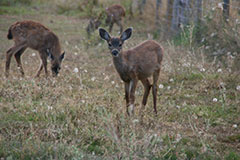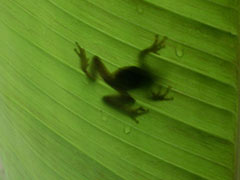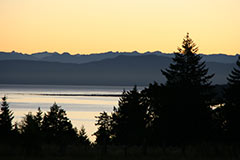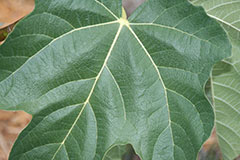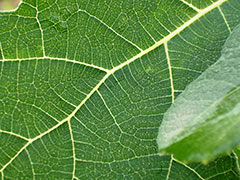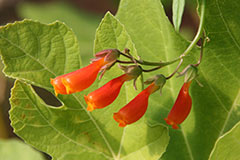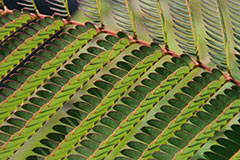 Growing Figs
Growing Figs
Growing a fig tree is easy as long as you can provide two things – sunshine and warmth. We recommend that you pot up (replant into a bigger pot) your new tree when you get it and let it grow one season in a warm and protected spot in your yard before you plant it out in the ground. You might add a bit of bone meal to your potting soil. Fig trees are fast growers and can be potted up a couple of times during the summer. In winter bring the containerized fig tree into a dark shed or against the south side of the house (on the coast) where it will stay a few degrees warmer than if exposed to the elements.
When planting out your tree in your yard, find a sunny and sheltered spot, away from the prevailing wind. Add more bone meal to your new planting site, and perhaps some lime (if you live on the coast). Water when dry. In the fall, mulch around the tree and in early December protect your tree from the Winter cold by placing a tripod of 1″ X 2″s like a tipi over your tree and then wrapping this tripod with a layer or two of burlap. Unwrap in spring as new growth appears.
Which Fig Tree should I order?
Yes, variety is the spice of life but when in doubt, the green-fruiting Desert King should probably be your first fig tree of choice if you live on the Pacific coast. Highly productive, delicious, hardy – this one is hard to beat. After that, try growing a dark-coloured fig for a different taste experience.
Fig Trees in Containers
If you don’t have a sunny spot out in your garden, but have a sunny deck; or you live in a colder climate then the cushy Pacific Coast consider growing a fig tree in a container permanently. Unlike most fruit trees, figs grow and fruit beautifully in containers. Bring your container into a cool, dark frost-free spot for the winter. Please search the net for more specific growing information.
Harvesting Figs
How do you know when a fig is ripe on a tree? That’s easy – don’t pick it until the fruit slumps from its own weight. Most fig varieties produce two crops of fruit each year but usually only the first ‘Breba’ crop will ripen in our Canadian climate unless the tree is grown in a greenhouse or in a very warm protected spot.
Figs for Life
Figs are truly a fruit that gives us more life! Historically, figs were considered the ‘fruit of longevity’ because of their highly nutritious make-up. Figs contain among the most dietary fiber of any fruit on earth. Figs are free of sodium, fat and cholesterol, low in calories, but loaded with Vitamins A, B, E and K. They are said to have “one of the highest combined mineral counts of any cultivated fruit”. Naturally high in Calcium, they also contain Iron, Copper, Potassium and Zinc. They are high in immune system-boosting antioxidants as well as containing high amounts of chlorogenic acids that lower your blood sugar levels.
“Figs preserve the elderly in better health, and make them look younger and with fewer wrinkles”. – Pliny the Elder (23 AD – 79 AD)
“You are aware of how lovely the date is outside, while inside it is all stone? Well, compassionate one, be the opposite, like the fig be beautiful inside as well as out. –Mevlana Rumi (1207 AD – 1273 AD)
“You must understand, there is no better food on this planet than the fig.” — Yogi Bhajan

